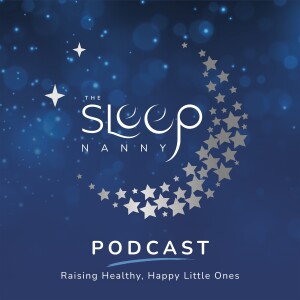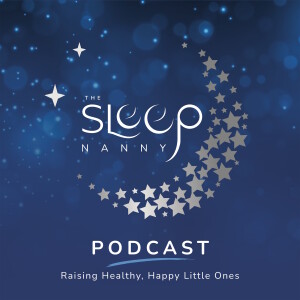
https://youtu.be/uHbO5GjBnj0
This week I am continuing the March miniseries, on the different tips and strategies for managing the clock changes, particularly the clock change where we spring forward and the clocks go forward by an hour. So how can we help our little ones adjust when the clocks go forward an hour?
Last week we went through a very gradual approach in the last episode, so this week, I’m giving you what I call meet in the middle.
When it comes to meeting in the middle with this clock change, what that means is, quite simply, you meet the time change halfway. So, if bedtime is normally 7:00 PM, and we know that during the night, once they’ve gone to bed on Saturday, when they wake up on Sunday, the clocks will have moved forward an hour. So we’re going to meet in the middle and split that difference. So instead of going to bed that whole hour earlier at 6:00 PM, we’re going to just go half an hour earlier and go to bed at 6:30.
So bedtime’s normally 7:00 PM. Put them to bed 30 minutes earlier at 6:30 or whatever the time may be. The key is, when you meet in the middle, you go to bed 30 minutes earlier. It’s as simple as that, really straightforward.
Now, why is this a good approach?
This is a good approach because we are not trying to adjust our sleep pattern by a whole hour in one go. But we also know that we are ready for a big enough jump. We can manage half an hour difference as a general rule, so if your little one can manage half an hour earlier, you know that they’re tired enough and can settle 30 minutes earlier, then great. This could be a really good approach for you. It means that they can still sleep for close to their usual number of sleep hours in the night without waking up at a drastically different time in the morning when the clocks have gone forward. It just helps try and keep them roughly on track and move them into that new time.
So who is this for and who isn’t this for? The very gradual approach, moving 15 minute increments from Wednesday night, is a really good approach for the very sensitive types and the younger babies, and those are napping quite a lot, where a few minutes really counts to their schedule. This ‘meet in the middle’ approach would be more suited to perhaps toddlers or even young children who maybe are napping once a day or not napping anymore, but you still wouldn’t really be able to push them to go a whole hour earlier to bed, because that might be too extreme for them.
One of the pitfalls could be that you go for it but they just lie there and they don’t fall asleep, or they mess about, or they’re fussing. And you think, oh, well, I tried, but they didn’t actually go to sleep any earlier. Don’t worry. At least you tried. See how long they do that night. Take the next day on the new time, and see if getting to bed a little bit earlier the next day helps, because that might be the answer too. You’ll be giving the brain all the right signals when you put them to bed that now is sleep time, and they should be starting to move into that new time for their body clocks, so it’s worth doing. But if you suspect maybe they are going to just not be sleepy, then it could be worth having a look at the more gradual approach to this, so that we’re nudging that body clock slightly each night, over a number of nights, before we get to that Saturday night, and when the clocks are going to change in the night.
Next week I am going to tell you about the one fell swoop, all in one go option, and why you may or may not choose to do that. So come back to me and check that one out. But in the meantime, sleep soundly and get ready, because spring is on its way.
Why not book a discovery call to find out more about sleep plans for your little one.
More Episodes
 2024-09-12
2024-09-12
 59
59
 2024-07-09
2024-07-09
 87
87
 2024-06-25
2024-06-25
 39
39
 2024-05-21
2024-05-21
 53
53
 2024-05-14
2024-05-14
 31
31
 2024-04-23
2024-04-23
 47
47
 2024-04-02
2024-04-02
 140
140
 2024-03-26
2024-03-26
 42
42
 2024-03-22
2024-03-22
 60
60
 2024-03-05
2024-03-05
 112
112
 2024-02-27
2024-02-27
 106
106
 2022-09-13
2022-09-13
 61
61
 2022-07-26
2022-07-26
 40
40
Create your
podcast in
minutes
- Full-featured podcast site
- Unlimited storage and bandwidth
- Comprehensive podcast stats
- Distribute to Apple Podcasts, Spotify, and more
- Make money with your podcast
It is Free
- Privacy Policy
- Cookie Policy
- Terms of Use
- Consent Preferences
- Copyright © 2015-2024 Podbean.com






